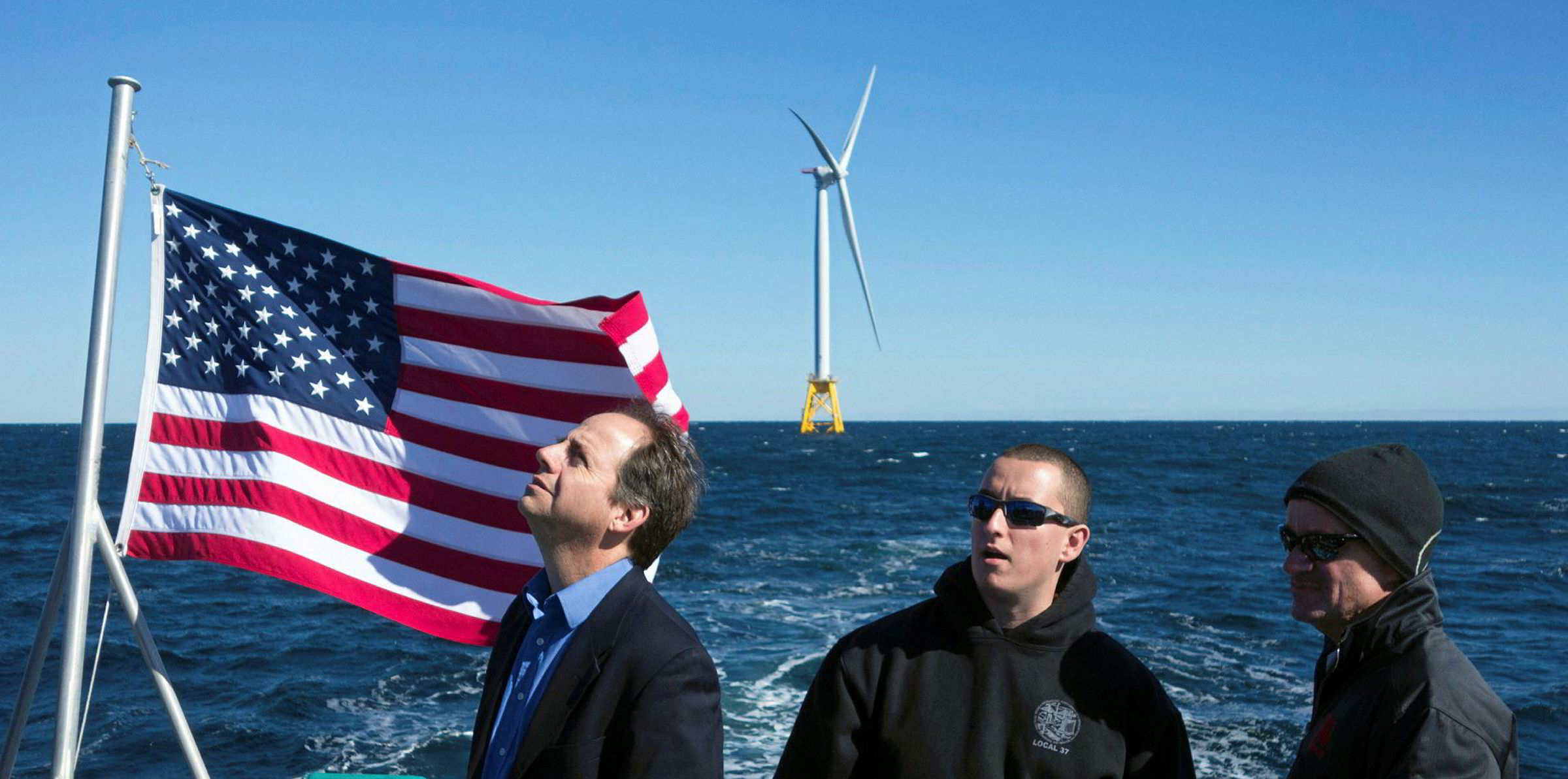The US state of Connecticut has released a draft request for proposals (RFP) for delivery of up to 2GW of offshore wind energy between 1 July 2020 and year-end 2026.
The draft, currently available for review and comments, asks that bidders submit at least one proposal from an offshore facility of 400MW and encourages them to include additional bids for “multiple sizing options” above and below that plant capacity.
Supply contracts will not exceed 20 years and bidders must identify their proposed point of delivery for the power from projects both new and incremental. A 2GW nameplate is equivalent to 30% of the state’s electricity load.
All future “generating resource facilities” must be recognised in the Independent System Operator of New England (ISO-NE) settlement system.
The Connecticut Department of Energy and Environmental Protection (Deep) will issue a final solicitation on 15 August.
DEEP, which will head the team that will evaluate bids, consists of the Public Utilities Regulatory Authority (PURA) procurement manager, the Office of Consumer Counsel (OCC), the Attorney General’s Office (AGO), the United Illuminating Company (UI) and Eversource Energy.
The selection team — Deep, PURA and OCC — will consider the evaluation results and project rankings to determine projects that for selection, with the Deep commissioner then choosing projects in November.
“I believe this solicitation will accelerate the region’s investments in ports like New London and Bridgeport, and allow Connecticut suppliers to be active participants in the regional offshore wind supply chain,” said Liz Burdock, chief executive of the Business Network for Offshore Wind, a non-profit.
In May, Bay State Wind joint venture partners Orsted and Eversource committed an additional $35m as part of a public-private initiative to upgrade a Connecticut-owned pier into a “world-class, state-of-the-art facility” for staging US northeast offshore wind projects.
The total investment package is now $57.5m for the $93m project at New London.
Governor Ned Lamont wants the state to become the “central hub” of the offshore wind industry in New England, joining Massachusetts and Rhode Island that have the same ambitions.
New Jersey and New York also want to play a core role there, raising questions over how many hubs the emerging offshore wind sector can support in a region where peak summer demand barely exceeds 26GW at any given time during the day.


